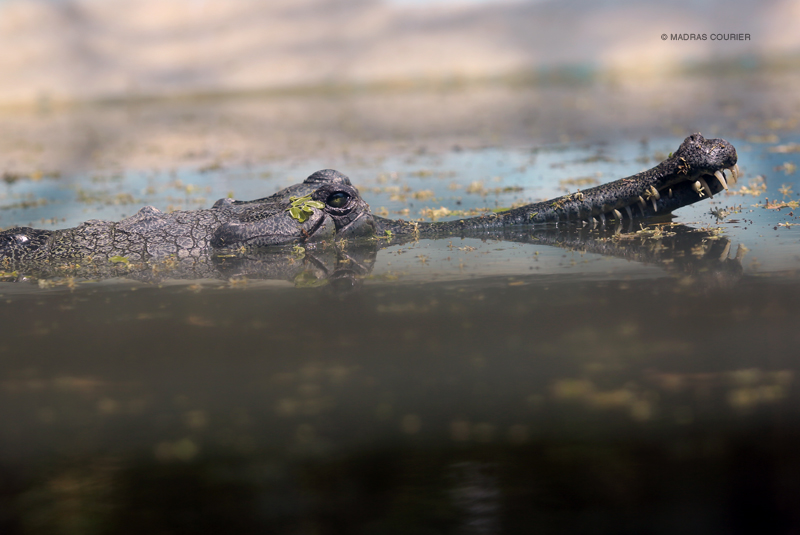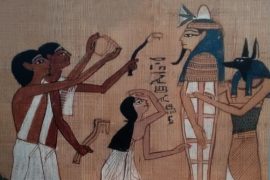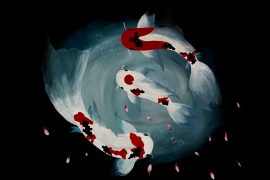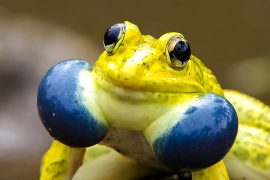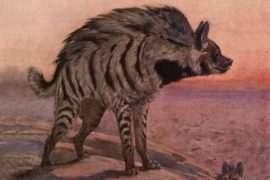Gharial, the long-snouted crocodile that has been on the earth for over 100 million years is under threat. The International Union for Conservation of Nature list it as a Critically Endangered species, with fewer than two hundred breeding adults still remaining in the wild.
The Scottish naturalist Andrew Leith Adams described the Gharial as abundant “in all the great rivers of Northern India”. The original habitat of distinct looking crocodilians was all the way from the river Indus in Pakistan to Irrawaddy in Burma. But now, it’s habitat is under threat – limited to a few spots in India and Nepal.
The last-surviving member of the ancient Gavialidae family, Gharial gets its name from the pot-like appendage on its snout – ‘Ghara’, meaning pot. Attached to a long set of jaws that can be whipped through the water with minimal drag, it serves as an amplifier for its mating call, a buzzing hiss that can be heard up to a kilometre away.
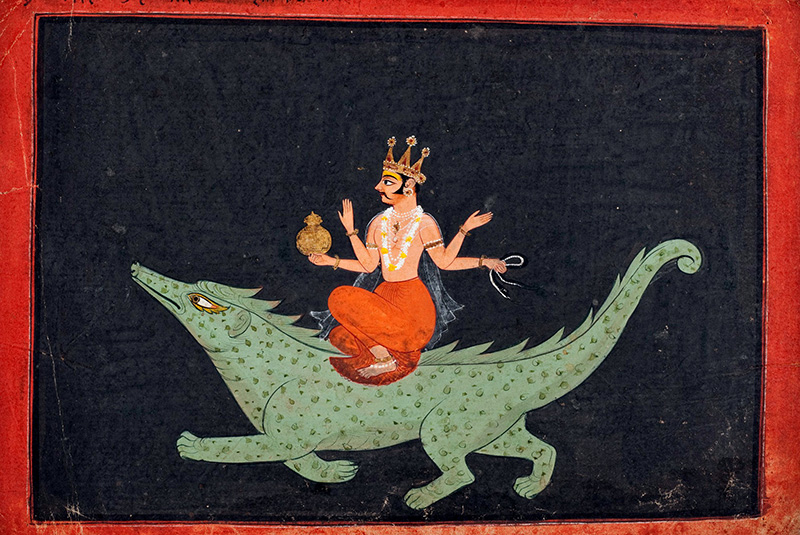
Even Indian mythology makes extensive references to the Gharial being a symbol of sexuality. Catherine Benton, in her book God of Desire: Tales of Kamadeva in Sanskrit Story Literature writes:
Copyright©Madras Courier, All Rights Reserved. You may share using our article tools. Please don't cut articles from madrascourier.com and redistribute by email, post to the web, mobile phone or social media.Please send in your feed back and comments to editor@madrascourier.com

